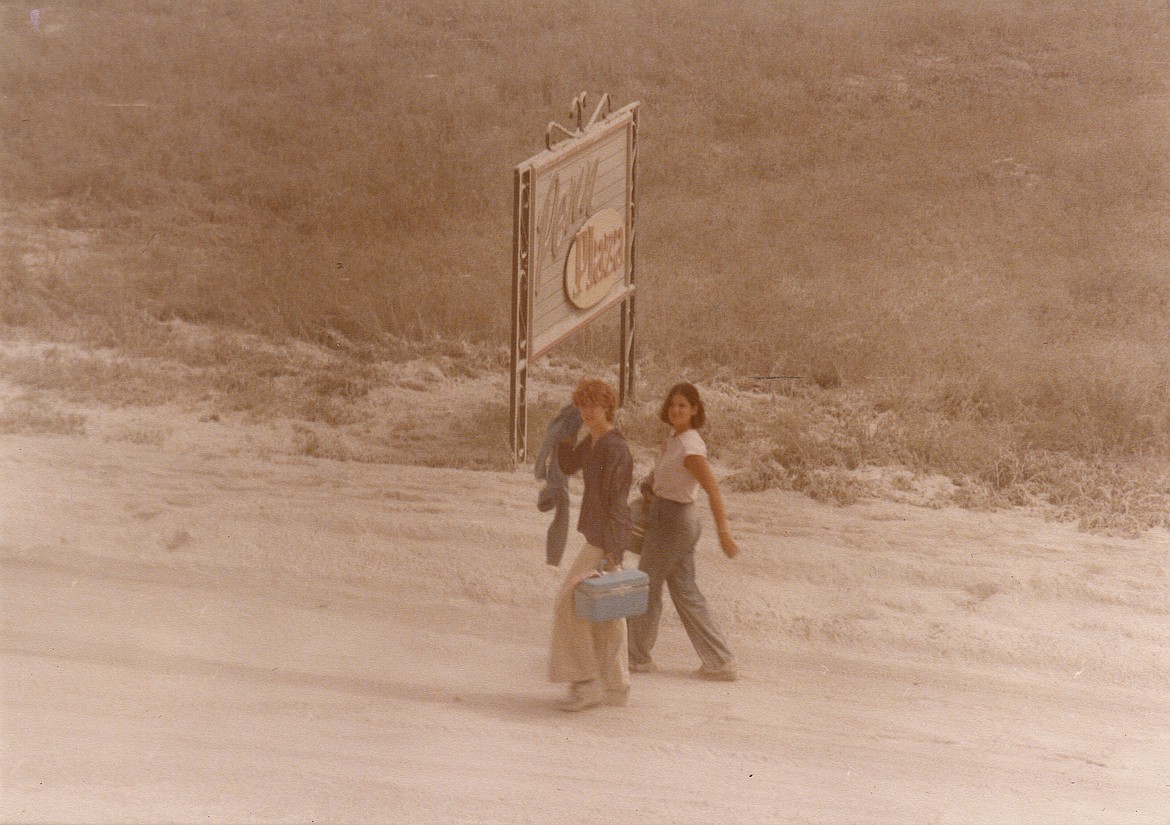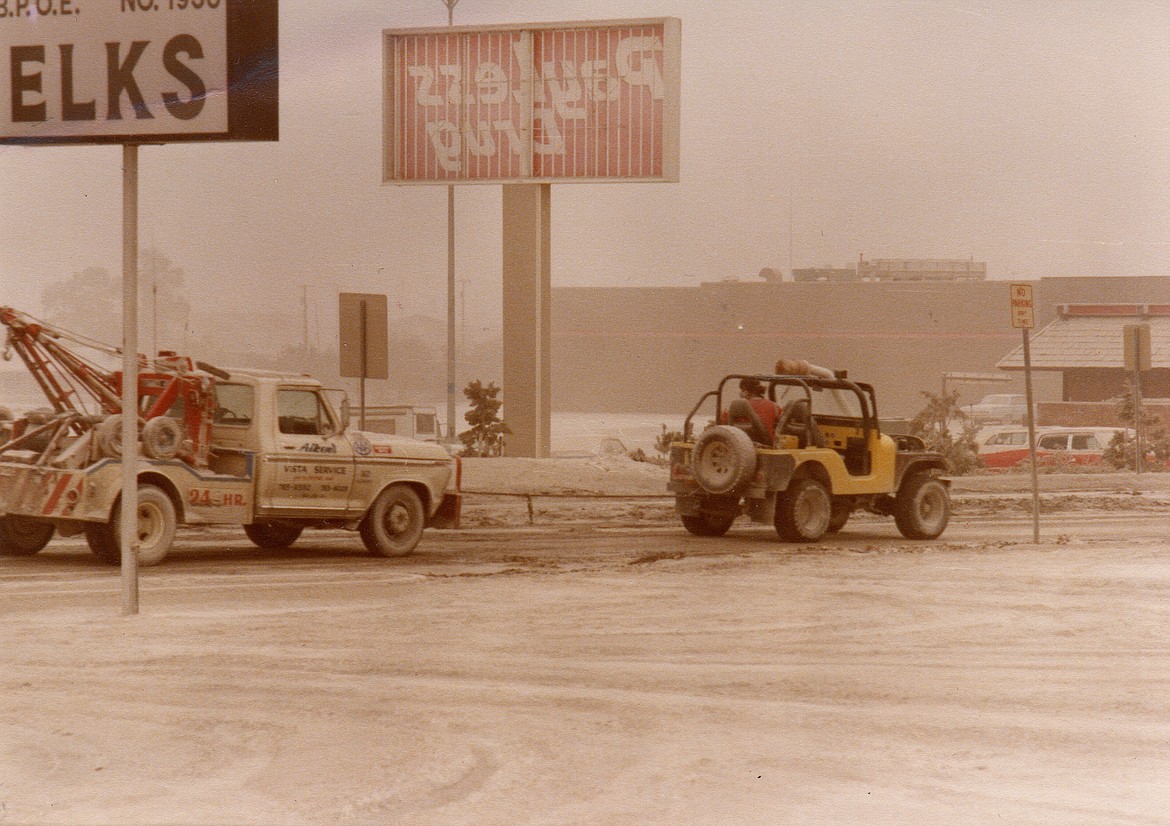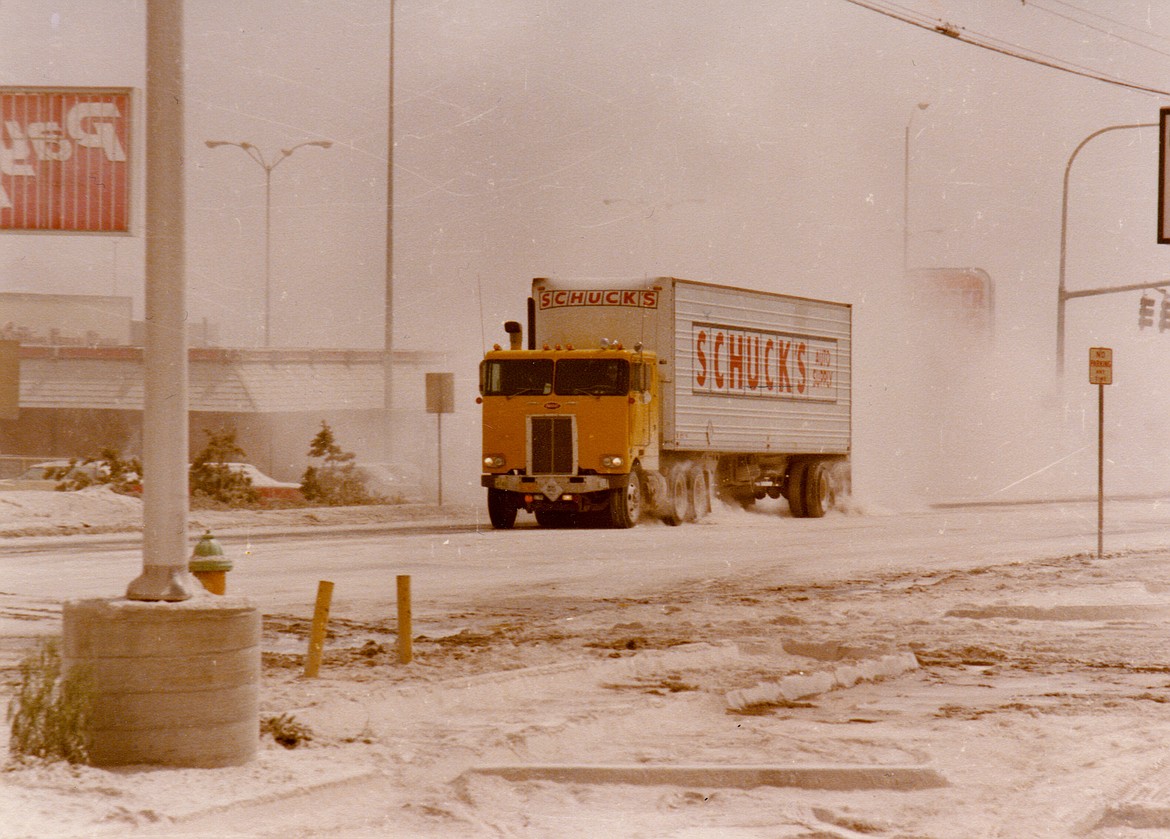Mount St. Helens anniversary generates flood of memories
|
May 25, 2020 10:43 PM
MOSES LAKE — The 40th anniversary of the eruption of Mount St. Helens produced a flood of reminiscences.
Become a Subscriber!
You have read all of your free articles this month. Select a plan below to start your subscription today.
Already a subscriber? Login















